- Joined
- Aug 14, 2009
- Messages
- 27,486
What if the diamond is damaged right now, and the reports don’t reflect the current condition of the stone?
What if the diamond is lost or damaged during the buyer’s inspection?
What if the diamond is lost or damaged during shipping?
What is a fair asking price?
What taxes will you owe and how will you declare and pay them?
This is 100% a situation that demands professional assistance. @LilAlex is spot on, Uncle Sam does not care that all you want to do is buy a house closer to your kids/grandkids. Contact Neil Beaty and ask for help; he posts on PS as denverappraiser. He may be able to help directly, or may have recommendations in your country.
What if the diamond is lost or damaged during the buyer’s inspection?
What if the diamond is lost or damaged during shipping?
What is a fair asking price?
What taxes will you owe and how will you declare and pay them?
This is 100% a situation that demands professional assistance. @LilAlex is spot on, Uncle Sam does not care that all you want to do is buy a house closer to your kids/grandkids. Contact Neil Beaty and ask for help; he posts on PS as denverappraiser. He may be able to help directly, or may have recommendations in your country.
Last edited:


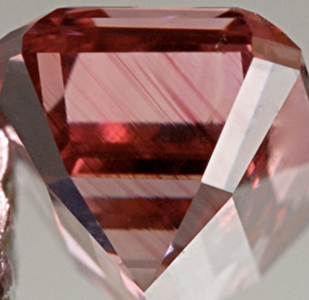
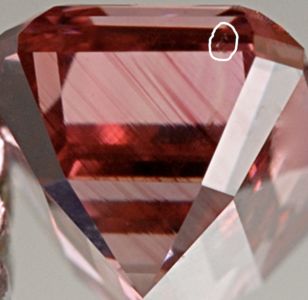
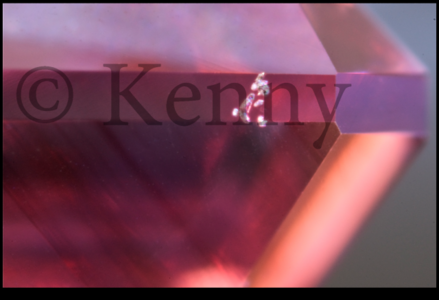
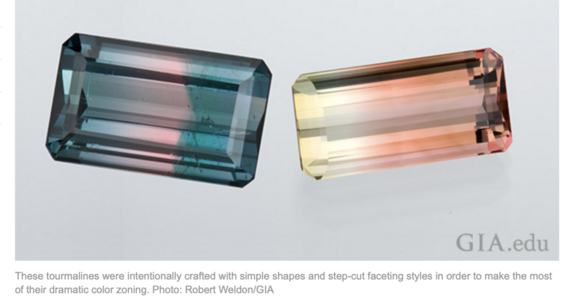
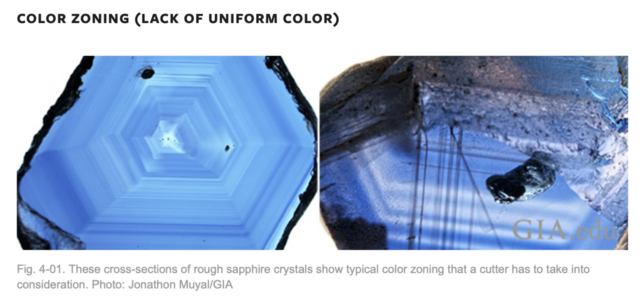
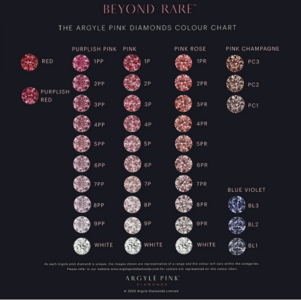

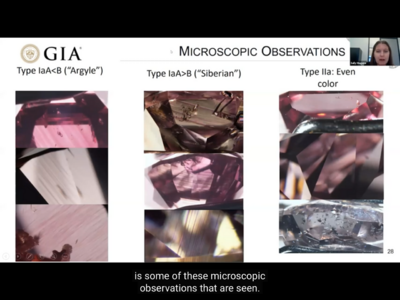


300x240.png)